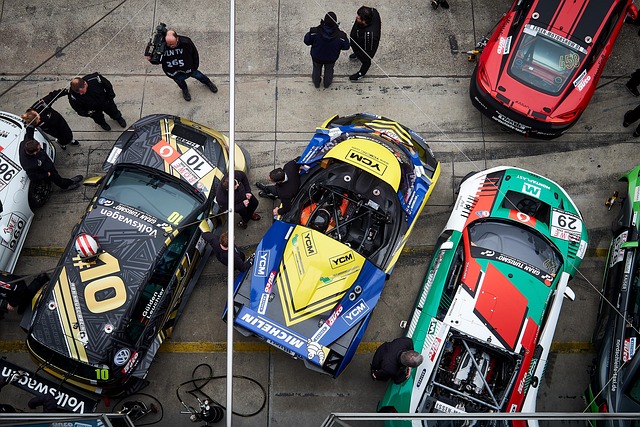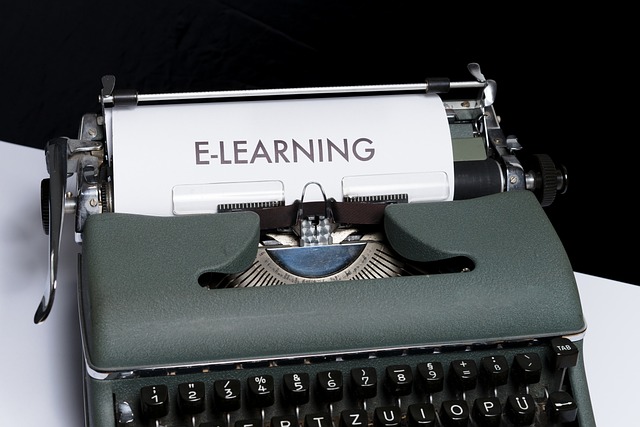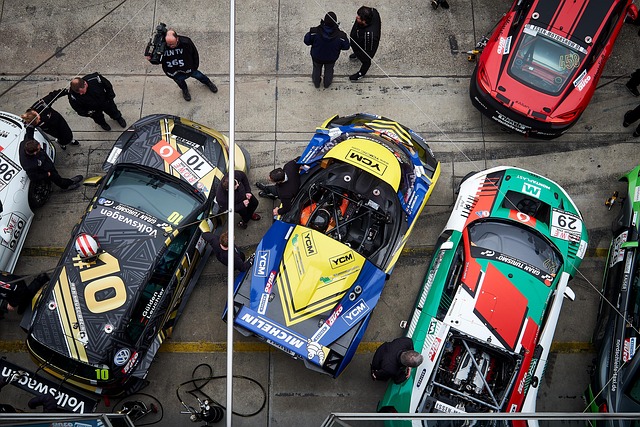Mastering the Art of Team Selection in eSports Gaming
In the world of eSports, team selection is not just a strategic move; it’s an art form. Every gamer knows that the success of a team hinges on the synergy between its members. Just like in any competitive environment, the right mix of personalities, skills, and roles can make or break a gaming squad. As the eSports industry continues to grow exponentially, understanding how to master the art of team selection has become crucial for anyone looking to ascend to the top of competitive gaming.
The process begins with identifying the right players. In many ways, this is akin to auditioning for a band—each member must bring their unique sound to create harmony. Whether it’s a first-person shooter like Counter-Strike or a multiplayer online battle arena (MOBA) title like Dota 2, different roles demand different skills. A balanced team requires a blend of aggressive players who thrive under pressure, supportive ones who uplift their teammates, and strategic thinkers who can devise game-winning tactics.
Moreover, the interpersonal dynamics cannot be overlooked. Team selection is not merely about prowess but also about compatibility. Team chemistry plays an instrumental role in performing under pressure during tournaments. Players must gel well together, share a common vision, and communicate effectively to execute their strategies seamlessly. In this regard, background checks and trial runs are essential. Hosting practice sessions can help gauge how well potential team members work alongside each other before making a final decision.
It’s also worth considering the impact of individual player experiences in previous tournaments and matches. Gamers who’ve faced high-stakes situations are often more prepared to handle the stress of competitive play. This is where scouting talent in smaller leagues or local competitions can unveil hidden gems who possess both skill and resilience.
Then, there’s the role of analytics and performance metrics in informing your decisions. Many eSports teams utilize data analysis to track player statistics, from kill/death ratios to map awareness. This information can guide you toward selecting a player whose strengths complement the existing members of your team. With the plethora of tools available, gathering analytics has never been easier, allowing you to make informed decisions backed by hard data.
As gaming evolves, so too does the landscape of team selection. The constant changes in meta, game patches, and overall shift in competitive strategies require teams to remain adaptable and willing to revise their compositions. Players must also be versatile; those who can pivot between roles or adapt their gameplay significantly enhance their value during team selection. This agility is especially vital in dynamic games where strategies may shift mid-tournament based on the opposing team’s configuration.
Finally, maintaining a positive mindset and fostering a supportive environment is key to long-term success in eSports. Team selection is not just about gathering skilled players; it’s about building a community of individuals who uplift each other, celebrate victories, and learn from losses. Establishing a culture of resilience and continuous improvement can transform a group of players into a family ready to conquer the eSports arena together.




